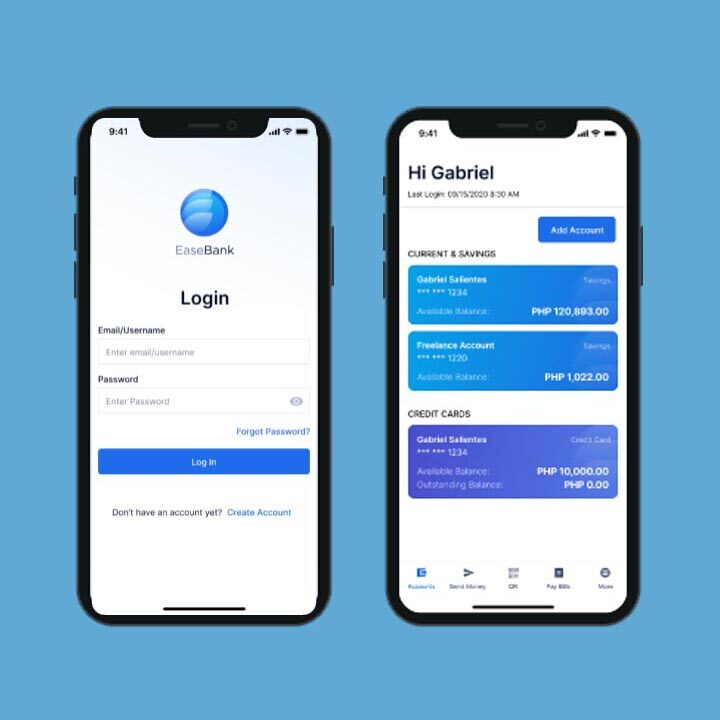Collaborative Software Development: Why is it Important and How to Do it?
It can be hard to know where to start regarding software development, especially if you’re new to the process. You might not even be sure why collaboration is essential in software development. Without proper teamwork, your software development project could quickly fall behind schedule and blow your budget. You could also end up with a product that doesn’t meet your needs or your customers. Well, here’s everything you must know about collaborative software development.
What is collaborative software development?
Collaborative software development is a process where developers work together on code in a shared space. It improves communication and collaboration between each team member, reducing costs and a shorter time to market new products or features.
Many tools can be used for collaborative software development, including online code editors, chat applications, and project management software. However, you must choose the right tools for your team so everyone can work together effectively.
Why is it important?
By working together in a collaborative environment, your team will be able to share ideas, expertise, and feedback to develop better software that meets your customers’ needs. Additionally, here are ten reasons why collaborative software development is essential.
1. Increases Efficiency and Productivity
When team members work together collaboratively, they can share ideas and feedback more efficiently. This can help increase productivity as team members can learn from each other and work together to find solutions to problems. Additionally, by working collaboratively, teams can avoid duplication of effort and reduce time spent on tasks.
2. Facilitates Knowledge Sharing
In a collaborative environment, team members can share their knowledge and expertise. This can help improve the quality of the software being developed as team members can learn from each other. Additionally, this knowledge sharing can help to reduce the time required to complete tasks as team members can quickly find solutions to problems.
3. Improves Communication and Coordination
Working collaboratively can help to improve communication and coordination between team members. This is because team members are more likely to communicate when they are working on tasks together. Additionally, this improved communication can help coordinate team members’ work and ensure that tasks are completed efficiently.
4. Encourages creativity and innovation
Collaborative environments can encourage creativity and innovation as team members share their ideas. This can lead to better software development as team members can develop new and innovative ideas. This creativity can also help improve the efficiency of the software development process, as team members can find new ways to solve problems.
5. Builds trust and cohesion
Working collaboratively can help to build trust and cohesion between team members. This is because team members are more likely to trust and cooperate when working on tasks. Additionally, this trust and cohesion can help to improve the quality of the software being developed, as team members are more likely to work together efficiently.
6. Increases motivation and satisfaction
Team members who work collaboratively are often more motivated and satisfied with their work. This is because they feel like they are part of a team and are working towards a common goal. Additionally, this increased motivation can help to improve the quality of the software being developed, as team members are more likely to work harder.
7. Reduces costs
Working collaboratively can help to reduce the costs associated with software development. This is because team members can share resources and expertise. Additionally, by working together, teams can avoid duplication of effort and reduce time spent on tasks.
8. Improves quality
Collaborative environments can help to improve the quality of the software being developed. This is because team members can share ideas and feedback. Additionally, by working together, teams can avoid mistakes and ensure that the software meets the customer’s needs.
9. Increases speed
Working collaboratively can help to increase the speed of the software development process. This is because team members can share ideas and feedback. Additionally, by working together, teams can find solutions to problems quickly.
10. Facilitates change
In a collaborative environment, team members can share their ideas and feedback. This can help facilitate change as team members can suggest improvements to the software. Additionally, this improved communication can help coordinate team members’ work and ensure that changes are implemented efficiently.
The basics of How to set up a collaborative software development process that works for your team or organization?
The first step in setting up a collaborative software development process is to identify the needs of your team or organization. What are the goals of the project? What are the skills and expertise of the team members? What are the tools and technologies that will be used? Once you clearly understand these factors, you can begin to develop a process that will work for your team.
Communication is one of the vital aspects of a collaborative software development process. All team members need to communicate with each other to collaborate effectively. There are many ways to facilitate communication, such as using a chat tool, setting up regular meetings, or using a project management tool.
Another critical aspect of a collaborative software development process is a clear understanding of the roles and responsibilities of each team member. Everyone is responsible for knowing what their role is. This will help ensure that everyone is on the same page and that there is no confusion about who is responsible for what.
Once you clearly understand your team’s needs and have established effective communication channels, you can begin to implement a collaborative software development process. You can possibly do this in various ways, but some of the most common methods include using a version control system, an issue tracking system, or a project management tool.
No matter what method you choose, the most important thing is to ensure that all team members know the process and understand how to use it. Once the process is in place, monitoring it regularly and ensuring it is working effectively is essential. If you believe that some things need to be changed, communicate these to all team members so that everyone can understand and see where you are coming from.
Effective collaboration is the key to the success of any software development project. By setting up a collaborative software development process that works for your team or organization, you can be sure that your project will be a success.
Common problems and how to solve them
Most of the time, typical problems occur during software development, and managing these can be a daunting task. Here are some of these problems, and let’s find out how to solve them effectively.
- One of the most common problems faced during collaborative software development is a lack of communication. When multiple people are involved and engaged in a project, they must have clear and constant communication between them. This can be achieved by using tools such as Slack or Trello. These tools help keep everyone on the same page and make everyone aware of the latest developments.
- Another typical problem is a lack of clarity regarding roles and responsibilities. When multiple stakeholders are involved, it is essential to clearly understand who is responsible for what. You can achieve it by creating a detailed project plan outlining each stakeholder’s tasks and responsibilities.
- The third common problem is that of conflicting interests. When multiple stakeholders are involved in a project, they will likely have different objectives and goals. This can often lead to conflict and make reaching a consensus difficult. To solve this problem, it is vital to have a clear understanding of the objectives of each stakeholder and to try to find a compromise that is acceptable to everyone.
- Finally, the fourth common problem is that scope creep. This occurs when the scope of a project starts to increase without the corresponding increase in resources. This can often lead to delays and make it challenging to finish the project on time. To avoid this, it is essential to have a clear understanding of the project’s scope from the beginning and to make sure that all stakeholders agree.
These are just some of the most common problems faced during collaborative software development. By being aware of these problems, you can be better prepared to solve them when they arise.
Final thoughts
The future of collaborative software development is looking bright. Technological advancements allow us to develop software more collaboratively and efficiently. This allows us to create better products while also improving our workflow. Furthermore, by working together openly and transparently, you can increase efficiency, communication, and creativity while decreasing stress levels.
Get the expertise of DigiGlobal Solutions team and make your way into becoming a better business!







